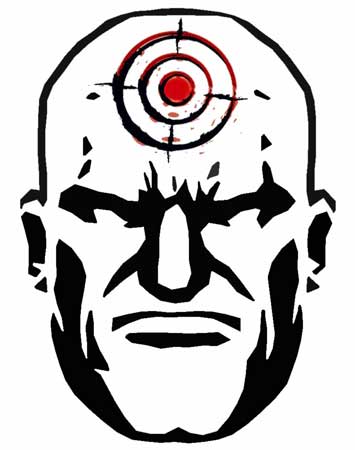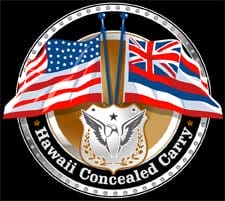By Derek Scammon

Hawaii ––(Ammoland.com)- In a recent firearms safety class, the discussion turned to the use of firearms for defense.
One of the students asked the question, “So, do you shoot to kill?” which was a pertinent question, and one that the non-shooting public asks on a regular basis.
We have been conditioned by movies and television to think that there is a difference between warning shots, shooting a leg, and “shooting to kill”. Every time a police officer or armed citizen is involved in a fatal shooting, the inevitable question arises, namely, did the deceased really deserve to die for his actions?
The first thing to understand is what deadly force actually is. According to Hawaii’s HRS 703-300:
”Deadly force” means force which the actor uses with the intent of causing or which the actor knows to create a substantial risk of causing death or serious bodily harm. Intentionally firing a firearm in the direction of another person or in the direction in which another person is believed to constitute deadly force.
That definition is nearly universal in the United States, and what it means is that warning shots, wounding shots, and shots to the chest all fall into the same group. If you are not justified in using deadly force against an assailant, you are not justified in firing a warning shot or “just winging him”.
Shots are not fired until the situation has been elevated to a point where killing is justified.
The next point that needs clarification is what is meant by “shoot to kill.” When asked if I would “shoot to kill,” my answer is both yes and no. If presented with a clear and mortal threat to my life or the life of my child, I would shoot to kill; in the sense that my shots would be aimed for the center of the attacker’s chest. Clearly, that poses a significant risk of killing him, so yes, I would “shoot to kill.”
However, the goal of deadly force is not the death of the assailant; the goal is to force the assailant to cease a behavior (attack) that prompted the use of deadly force. So no, I’m not shooting to kill, I’m shooting to stop. Once the attacker ceases being a threat, whether because he runs or is incapacitated, continued application of deadly force is no longer justified. Because of the wonderful resiliency of the human body, there are very, very few ways to reliably force someone to stop. If there were a more reliable means of accomplishing the goal of stopping an attacker before he has a chance to do harm, I would sell all my defensive firearms to purchase it. Unfortunately, for the time being, the only reliable way to stop an attacker is by placing bullets into vital organs.
The final question is whether or not I feel an attacker deserves to die for his actions, and it’s one that I don’t have an answer for. Frankly, it’s irrelevant. The bottom line is that a criminal who attacks a peaceful citizen for their money, body, or life has taken almost every choice out of the hands of that citizen. He has chosen the setting, the time, his weapon, his approach, literally everything. Most importantly, he has decided to force a peaceful citizen into a scenario where someone will be seriously injured or killed. The only question left is who that person will be, and for those of us who have made the decision to take responsibility for our own defense, the answer is, “NOT ME!“
Deadly force is not a judgment of the assailant’s character, punishment for his crimes, or vengeance for the victim. It is simply the level of force necessary to immediately stop an imminent threat to innocent people.
About Hawaii Concealed Carry:
Hawaii Concealed Carry is a single-issue group formed with the mission to promote the restoration of Second Amendment rights contained within the constitution, the right of the people to keep and bear arms. We are a non-partisan group; our only care being, whether people support the right of self-defense and defense of others. Our philosophy is that through responsible use, education, communication, and understanding we can promote a safer environment for Hawaii residents, while reducing crime, and supporting our fundamental constitutional rights. Visit: www.hawaiiccw.com

